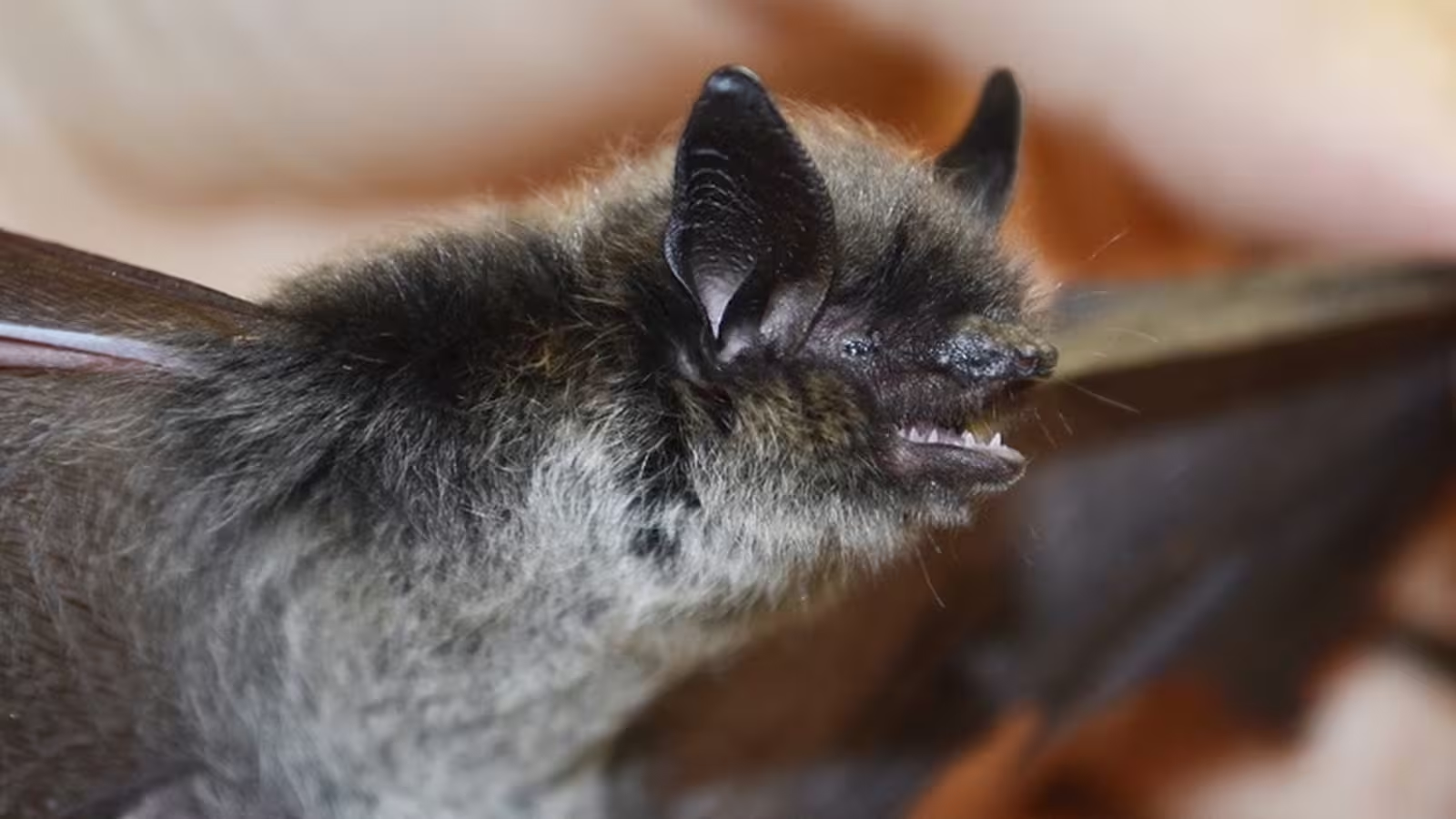3 Minutes
The Longevity Mystery of Bats: Defying the Odds
Bats are remarkable among mammals for their extraordinary lifespans, especially considering their small size. While most animals of similar body mass have much shorter life expectancies, certain bat species can live up to 40 years—nearly a tenfold increase over what would be predicted by biological scaling laws. This longevity makes bats a fascinating subject for aging and cancer research, as surviving longer increases the likelihood of cell mutations that can lead to cancer. Yet, bats experience notably low rates of cancer, sparking scientific curiosity about the underlying biological mechanisms.
Genetic Insights: The Power of Tumor Suppressor Genes
A recent study spearheaded by researchers from the University of Rochester, USA, sheds new light on this puzzle. Scientists discovered that several bat species possess multiple copies of the p53 gene, a well-known tumor suppressor crucial in preventing cancer. In humans, only one copy of the p53 gene exists, while elephants—another species with impressive cancer resistance—can have up to twenty. Importantly, mutations in p53 are implicated in more than half of human cancer cases. By harboring additional copies, bats likely improve their ability to identify and eliminate cells that could become cancerous without broadly disrupting healthy cells.
The Telomerase Connection: Balancing Cell Survival and Risk
However, simply ramping up cellular defenses can pose problems if it leads to excessive cell death. Intriguingly, bats have evolved another adaptive mechanism: enhanced activity of the enzyme telomerase. Telomerase enables cells to continue dividing by extending telomeres—protective caps at the ends of chromosomes that typically erode over time. While high telomerase activity can facilitate tissue renewal, in many animals it is also linked to increased cancer risk. Bats manage this risk, thanks in part to their multiple p53 genes, creating a nuanced balance that supports both longevity and cancer containment.
Immune System Efficiency: A Final Line of Defense
Yet, genetics is only part of the story. Bats also exhibit highly efficient immune systems capable of targeting and eliminating aberrant cells swiftly, while generating minimal inflammation. This ability may further contribute to their cancer resistance and overall health span, offering another valuable lesson for biomedical science.
Implications for Human Health and Future Research
Although it remains uncertain whether these bat-specific adaptations can be translated directly to human medicine, the study reinforces the critical role of the p53 gene in cancer prevention. The findings add momentum to ongoing efforts to develop targeted therapies aimed at enhancing p53 function in humans. As researchers continue to unravel these biological intricacies, bats may provide a template for innovative anti-cancer strategies and new approaches to healthy aging.
Conclusion
Bats' natural resistance to cancer, achieved through a finely tuned interaction of genetic and immune mechanisms, offers promising insights into the science of longevity and disease prevention. While further research is necessary to determine how these discoveries can influence human medicine, understanding bats' unique biology could ultimately inform future cancer therapies and age-related health interventions.
Source: doi



Comments